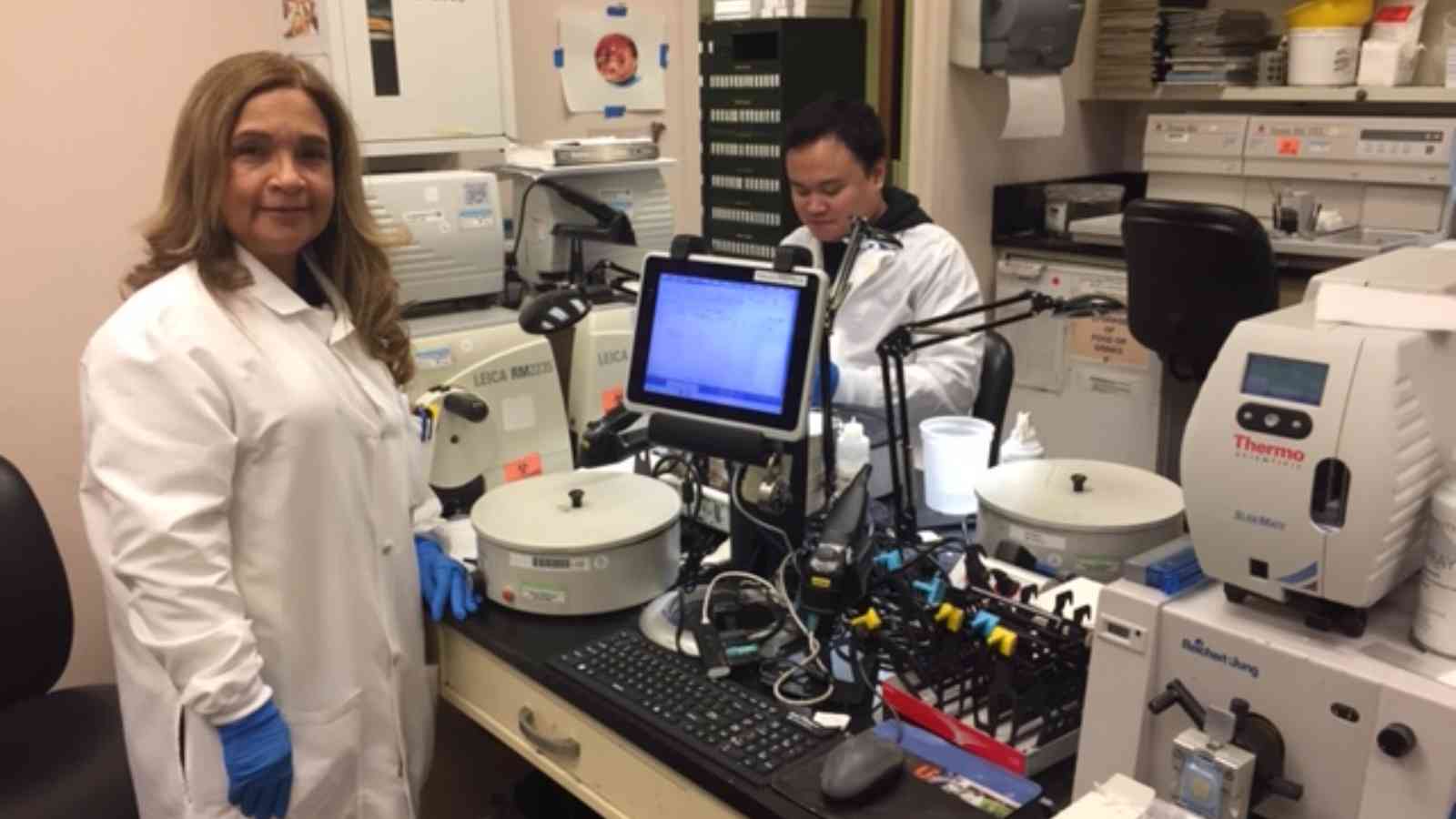Annually observed on March 10, Histotechnology Professionals Day is a commemoration of this particular scientific field and its practitioners. Histotechnology is essential for diagnosing disease and recommending treatments, as it is based on the microscopic examination of plant, animal, and human tissues to help detect abnormalities. This day is primarily dedicated to those courageous laboratory warriors, without whom the identification of diseases would have been unthinkable. Histotechnologists around the world presently observe Histotechnology Professionals Day, which is officially recognised in several U.S. states. Visit Schoalroo for a list of science scholarships if you’re interested in pursuing this field as a career and are searching for funding to help you along the way.
The background of Histotechnology Professionals Day
Humans have always been curious about how the body functions, so it’s not surprising that the study of human tissues began in the 15th century. Marcello Malpighi (1628 – 1694), an Italian biologist, is recognised as the founder of histology and microscopic anatomy. As a physician, he examined the organs and tissues of bats, frogs, and other animals with the aid of microscopes, eventually delineating the hair-like connections between veins, arteries, and capillaries in his 1661 book “De Pulmonibus.”
Histology, the study of the ‘finer structures’ (also known as tissues and cells) of animals, plants, and humans, became a distinct academic field in the 19th century. Known as the father of modern histology, the French anatomist Xavier Bichat accurately visualised and introduced the concept of ’tissues’ as the elements that connect our organs, and created a medical treatise in the 1800s titled “Traité des membranes” without the use of a microscope. This innovation led to additional experimentation and discovery. Using freezing, drying, and other methods to acquire the best image under a microscope, members of the scientific community devised a variety of techniques to effectively study tissues.
Subsequent innovation has brought us to the contemporary world of histology, where scientists and histologists are devising non-invasive methods for collecting data about human tissues. Since the time when microscopes were the pinnacle of invention, the discipline of histology has undergone significant changes, but its fundamental purpose has remained the same: to find answers in the cells and tissues of plants, animals, and humans.
International Bagpipe Day 2023: Date, History, Facts, Activities
5 FACTS ABOUT HISTOTECHNOLOGY AND HISTOLOGY
Without the microscope, it would be impossible to investigate or even see the minute tissues, making this invention essential to the study of all sciences, particularly histology.
Traditional preparation of tissue for study involves multiple stages, including fixing samples to prevent tissue decay, embedding them to seal into blocks, slicing them into thin sections, separating them, and adding dye to make them more visible.
Histotechnicians prepare tissue samples for microscopic examination, whereas histotechnologists use their specialised medical knowledge to comprehend how and why tissues are collected and processed.
Histology is taught to medical students, veterinary students, and biologists in order to assist them in better comprehending and eventually identifying various types of tissues, which is extremely beneficial to their work.
Histology can be used in archaeology to examine biological material, in palaeontology to examine ancient D.N.A. material, in medicine to diagnose diseases in animals and humans, and even in autopsies to determine how, where, and why a person perished.
HISTOTECHNOLOGY PROFESSIONALS DAY DATES
| Year | Date | Day |
|---|---|---|
| 2023 | March 10 | Friday |
| 2024 | March 10 | Sunday |
| 2025 | March 10 | Monday |
| 2026 | March 10 | Tuesday |
| 2027 | March 10 | Wednesday |



